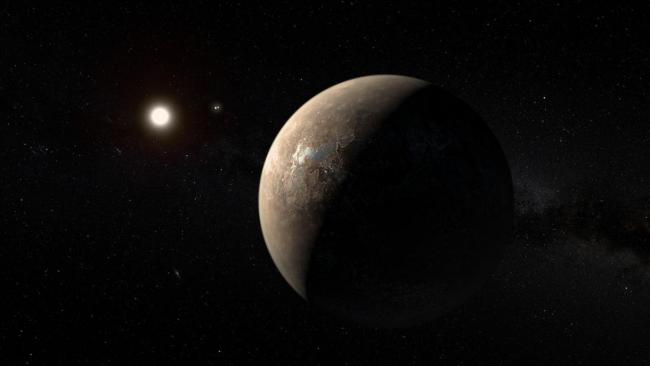Study Confirms Existence Of 'Another Earth' Around Nearest Star To Sun

Four years ago, Proxima b was first detected by means of an older spectrograph, HARPS which is developed by the Geneva-based team which measured a low disturbance in the star's speed. The international team of scientists including researchers from the University of Geneva (UNIGE) has confirmed that the existence of a planet the size of Earth around the closest star in the solar system, Proxima Centauri.
According to the reports, Proxima b has a mass of 1.17 earth masses and is located 20 times closer to its star than the Earth is to the sun. Francesco Pepe, a professor in the Astronomy Department in UNIGE’s Faculty of Science and the man in charge of ESPRESSO, said, “We were already delighted with the performance of HARPS, which has been responsible for discovering hundreds of exoplanets over the last 17 years. We’re pleased that ESPRESSO can produce even better measurements, and it’s gratifying and just reward for the teamwork lasting nearly ten years.”
Alejandro Suarez Mascareno, the article's main author, asserted that, "Confirming the existence of Proxima b was an important task, and it's one of the most interesting planets known in the solar neighbourhood."
Michel Mayor, winner of the Nobel Prize for Physics in 2019, honorary professor in the Faculty of Science and the 'architect' of all ESPRESSO-type instruments said that, "ESPRESSO has made it possible to measure the mass of the planet with a precision of over one-tenth of the mass of Earth."
Proxima b is an ideal candidate for biomarker research. Christophe Lovis, a researcher in UNIGE's Astronomy Department and responsible for ESPRESSO's scientific performance and data processing said that if the atmosphere exists, does it contain the chemical elements that promote the development of life (oxygen, for example)? He further added that , "How long have these favourable conditions existed?" and said that they are going to tackle all these questions, especially with the help of future instruments like the RISTRETTO spectrometer, which they are going to build specially to detect the light emitted by Proxima b, and HIRES, which will be installed on the future ELT 39 m giant telescope that the European Southern Observatory (ESO) is building in Chile. (Inputs from sciencedaily.com)




